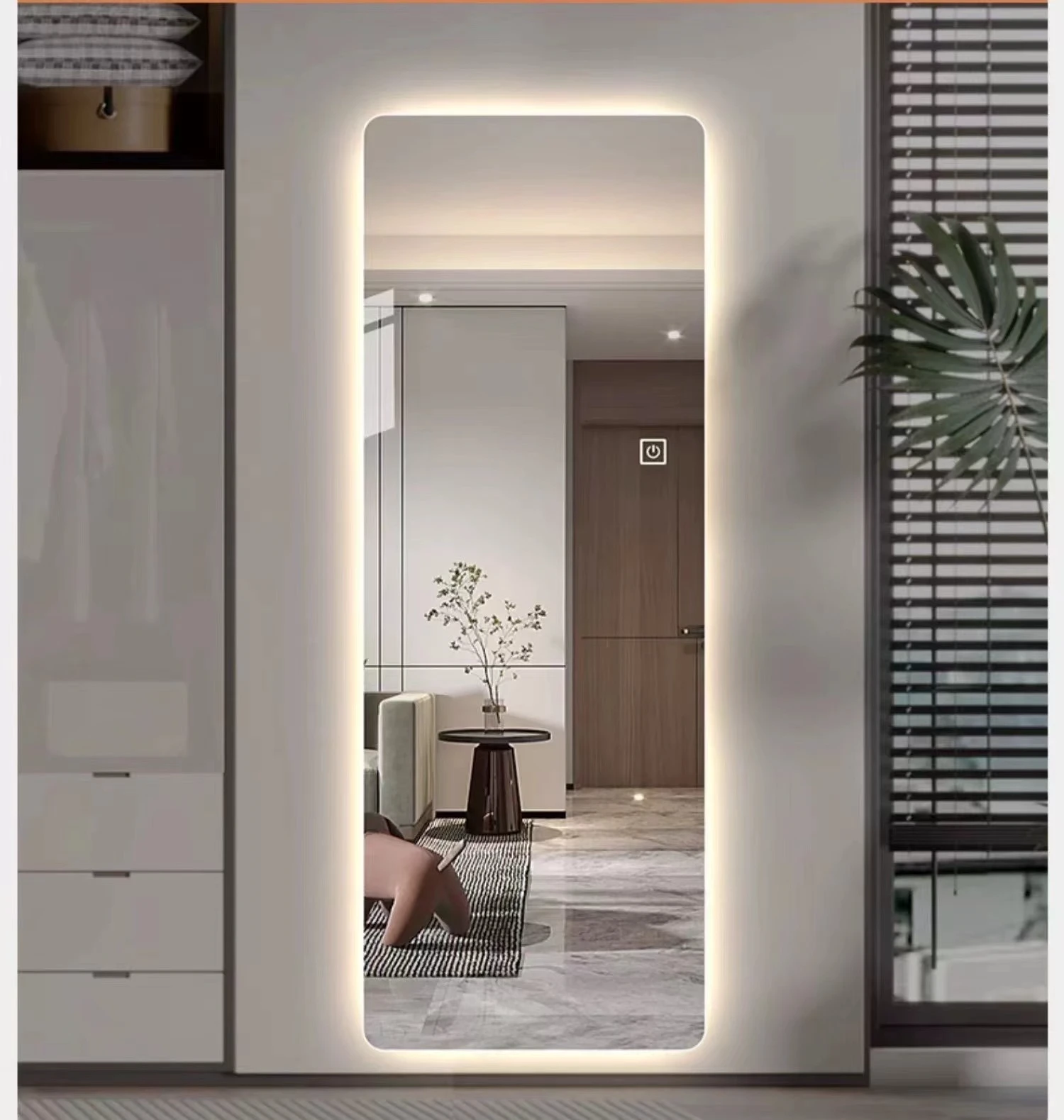

The Wonders of Light Reflecting Glass
In the realm of architecture and design, light reflecting glass has emerged as a transformative material that not only enhances aesthetics but also contributes to energy efficiency and environmental sustainability. As buildings increasingly aim to harmonize with their surroundings while maximizing natural light, light reflecting glass stands out as a versatile and innovative solution.
Light reflecting glass, often characterized by its mirrored surface, efficiently reflects sunlight and ambient light, reducing the amount of heat absorbed by a building. This reflective capability allows for a decrease in reliance on artificial lighting during the day, ultimately lowering electricity costs and minimizing the overall carbon footprint. In an era where energy conservation is paramount, this type of glass aligns seamlessly with global efforts to create sustainable living and working environments.
Architects and designers appreciate the aesthetic qualities of light reflecting glass. Its sleek, modern appearance can be integrated into a variety of architectural styles, from minimalist designs to more traditional facades. The reflective quality not only gives buildings a contemporary edge but also creates a striking interplay of light and shadow. As the sun moves across the sky, these surfaces create dynamic visual effects that can breathe life into the urban landscape, making structures not just functional but also visually stunning.

Moreover, light reflecting glass is not just about looks—its practical advantages are significant. For instance, the ability to minimize glare improves the comfort of occupants inside the building. Traditional windows can sometimes result in excessive sunlight causing discomfort and headaches, but light reflecting glass regulates this light more effectively. This feature is particularly valuable in office buildings and residential spaces where people spend long periods of time.
In addition to its functional benefits, light reflecting glass also plays a role in enhancing privacy without compromising views. The reflective surface creates a one-way mirror effect during the daytime, allowing those inside the building to enjoy the outside scenery while obscuring the view from outside. This aspect is particularly prized in densely populated urban areas where space is limited and privacy is often a concern.
The application of light reflecting glass extends beyond buildings. In automotive design, this type of glass is increasingly utilized in car windows, enhancing driver visibility while improving energy efficiency. Similarly, it has found use in various industries, including furniture and interior design, where reflective surfaces can create the illusion of spaciousness and light in smaller environments.
In conclusion, light reflecting glass embodies a perfect blend of form and function. As architects and designers continue to seek materials that meet modern aesthetic standards while promoting sustainability, light reflecting glass stands as a testament to innovation in the built environment. Its ability to reflect light, minimize energy consumption, and enhance the quality of life demonstrates that good design not only transforms spaces but also plays a vital role in addressing contemporary environmental challenges. As we move toward a more sustainable future, the significance of materials like light reflecting glass cannot be overstated.